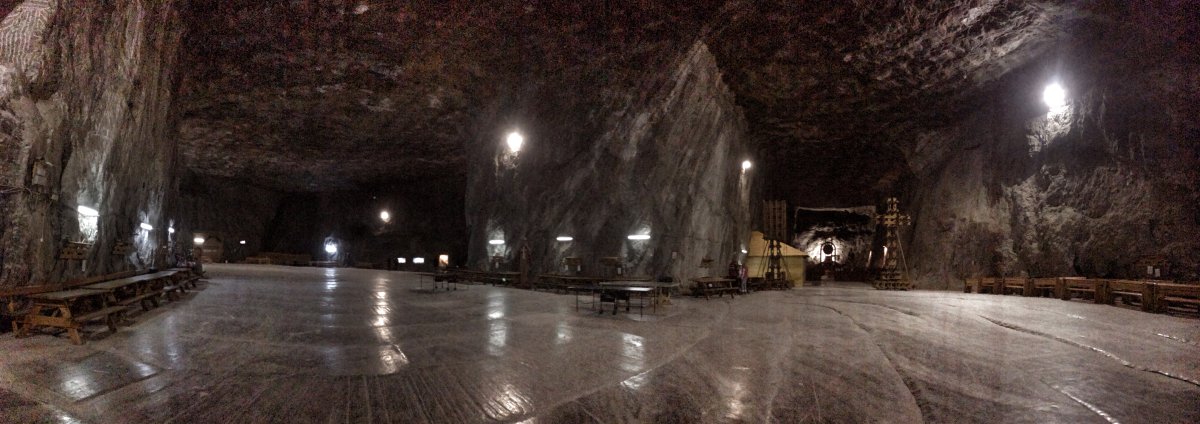
Salt Therapy
Salt mines in Eastern Europe, long abandoned as sources of minerals, have taken on a new purpose as thousands of people have begun to seek out “salt therapy.” Huge, cathedral-like chambers of the old salt mines lie almost 1,400 feet underground south of Minsk near Soligorsk in Belarus, and the mine is now a popular medical tourism destination. The Republican Clinic of Speleotherapy (therapy focused on breathing within a cave), located inside the mine, sees more than 7,000 adults and children visit the mine annually, mostly hoping to treat respiratory illnesses.
Praid Salt Mine, 525 feet below the Earth’s surface, is also open for medical tourism. Located 215 miles north of Bucharest, it too is mostly sought out by those in need of respiratory treatment for problems such as asthma or bronchitis.
Never willing to lose an opportunity, Americans have mimicked the salt therapy experience of the mines in wellness centers across the country with salt beds, salt chambers, salt rooms, and (of course) salt yoga. You can even sit in a colorfully lit salt booth at Saks Fifth Avenue in New York City. The real question here is: does any of this actually work?

Praid Salt Mine in Romania. (Image Credit: Octav Druta/Wiki Commons)
Junk Science — For Now
Thus far, the research in this area is somewhat limited, and most has been conducted outside the US. No research to date supports the conclusion that salt mines can successfully treat the symptoms of respiratory illnesses. One trial found that inhaling hypertonic saline (similar to the FDA-approved mucolytics) was an effective, safe, and cheap therapy for treating cystic fibrosis. However, no controlled studies inside the mines or other salt chambers have been conducted, so it’s not clear that these benefits extend to these other situations.
One study showed no improvements in airflow, though patients enjoyed the treatment. Another study had patients reporting less respiratory discomfort, along with other benefits such as better sleep and mood; these results suggest a placebo effect. In 2014, researchers conducted a systematic review and analysis of 151 studies focused on the effectiveness of halotherapy — the inhalation of micronized dry salt, such as happens inside salt caves — for treating chronic obstructive pulmonary disease (COPD). However, ultimately only four studies met the criteria for review, so there was not enough evidence to recommend halotherapy for treatment of COPD.
On the other hand, the results also showed that there were no harmful effects from halotherapy, so long as patients didn’t inhale salt in extremely high concentrations — something hard to do, even in a salt mine. The bottom line may be that respiratory patients enjoy halotherapy and the salt mines, which makes them feel better. For now, there is no proof that there is a medical benefit beyond that; but there is also no harm done, so long as the patients don’t forgo other treatments in favor of the salt mines.